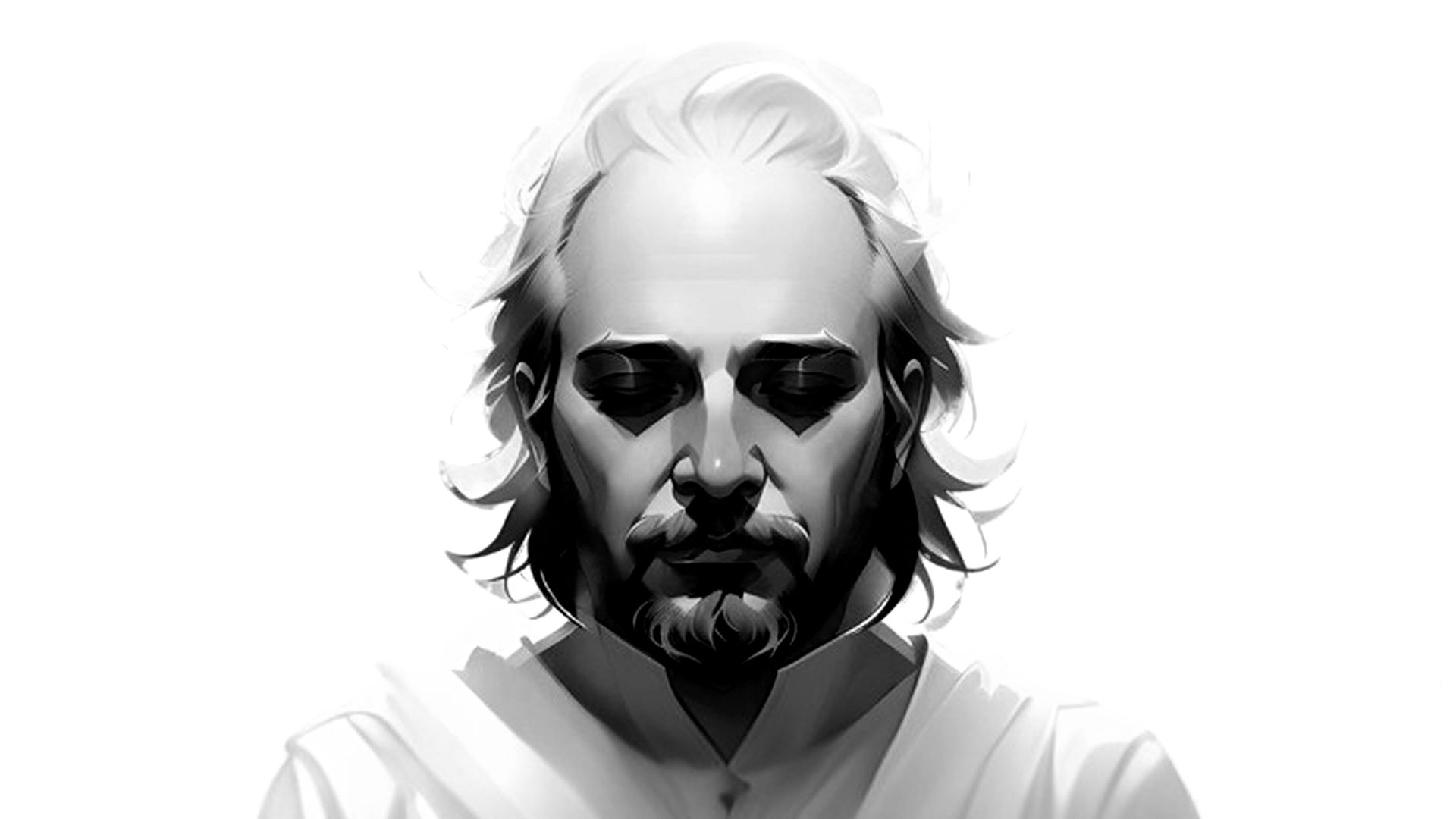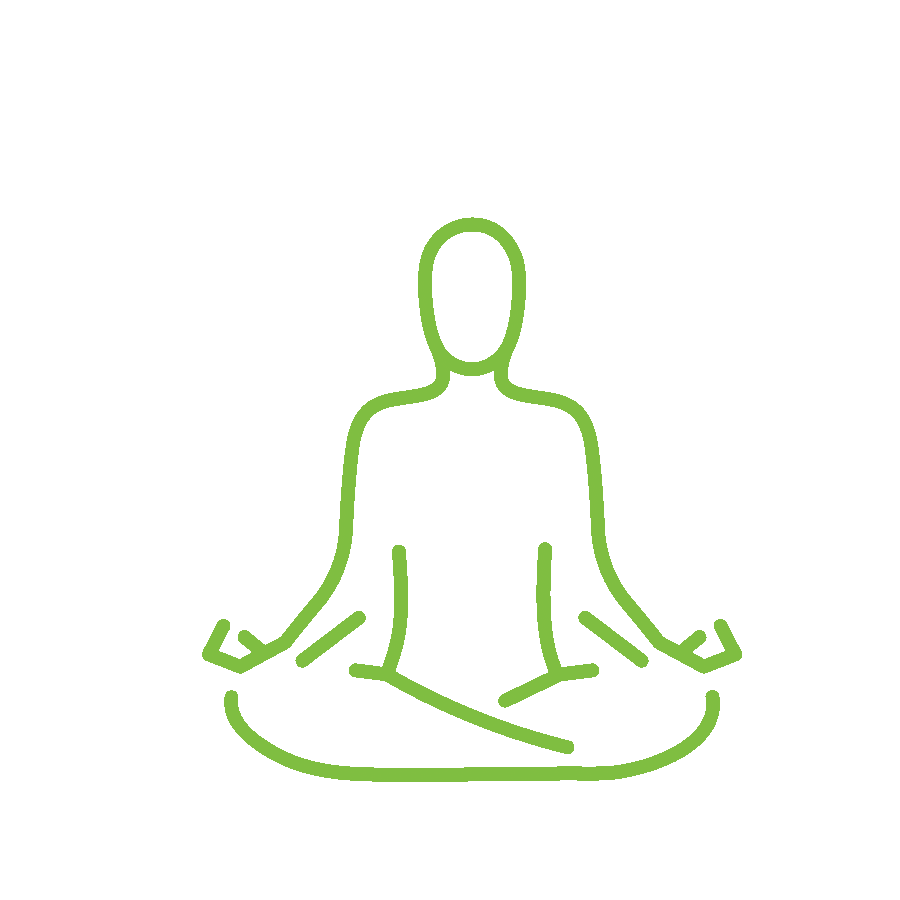
My dear self, I am here to remind myself of the incredible love and strength that reside within me. From the depths of my heart, I want you to know that I love you unconditionally. You are the source of all my energy, my guiding light, and the essence of who I am. Every ounce of strength, every flicker of passion, and every moment of determination that courses through my veins comes from you. I am grateful for your existence and the boundless love you share with me. In a world where everything seems to be transient, I want you to understand that I will never trade you for anything. You are irreplaceable, and your presence in my life is a gift beyond measure. Thank you for accepting my love and embracing every part of me. Together, we create a harmonious symphony of love and joy. Your love has a unique flavor that cannot be replicated. It fills my heart with warmth and fills my days with purpose. I am blessed to share this sweet taste of love with my beloved and radiate it to the world.
Thank you, my dear self, for being my constant companion, my biggest supporter, and the source of my unwavering passion. I am eternally grateful for your presence in my life.

Are you ready to continue and share this beautiful journey, hand in hand, as we conquer the world with love and gratitude?
Meditations are updated weekly!

Why do we need meditation?
In a world that thrives on ceaseless activity, meditation acts as a lifeline to our inner sanctum, a sanctuary where we can reconnect with our true selves. It’s a conscious pause—a deliberate choice to step away from the whirlwind of thoughts, anxieties, and distractions that often dominate our minds.
Consider meditation as a tool that allows us to restore balance in a world that constantly tugs us in various directions. In the silence it provides, we can gather our scattered thoughts, untangle the knots of stress, and rediscover the clarity that often eludes us in our hectic lives.
This practice is not a fleeting trend; it’s a timeless necessity. Through meditation, we bridge the gap between our external circumstances and our internal landscape, fostering a sense of harmony between the two. In a society that’s constantly urging us to push forward, meditation encourages us to pause, to embrace the now, and to truly witness the journey we’re on.
Meditation is more than just a relaxation technique; it’s a profound journey of self-discovery and empowerment. As we sit or lie down, focusing on our breath or a chosen point of attention, we embark on an exploration of our thoughts, emotions, and sensations. We cultivate mindfulness, observing the ebb and flow of our inner world without judgment.
Through consistent practice, meditation becomes a transformative force. It encourages us to embrace imperfections, to befriend our thoughts, and to release the grip of anxiety that often tightens its hold. It teaches us that during chaos, we can find stillness. During uncertainty, we can find clarity. And during challenge, we can find resilience.
In this page, you’ll find a collection of meditation guiding lights designed to lead you on journeys of mindfulness, self-discovery, and inner peace. Each meditation is a steppingstone toward cultivating a deeper connection with yourself and the world around you. As you flip through these pages, you’ll embark on a path of exploration, guided by your breath and your heart.
May Meditation serve as a companion on your quest for stillness and self-awareness. May it remind you that amidst the cacophony of life, you possess the power to find tranquility within. As we embark on this journey together through Meditation, let’s embrace the wisdom that resides in the stillness and discover the treasures that meditation holds for us.

Welcome to a world of inner calm and boundless possibilities.
With gratitude and tranquility,
Behnam Khodarahmi

30 day meditation challenge coming soon…

What is the meaning of the word ’Meditation’?
The word “meditation” is a noun that refers to a mental and contemplative practice or technique aimed at achieving a heightened state of awareness, mindfulness, or spiritual insight. Meditation typically involves focused attention, deep concentration, and often a deliberate effort to quiet the mind. It is a practice that has been used for centuries in various cultures and spiritual traditions as a means of self-reflection, relaxation, and personal growth.
In meditation, individuals may engage in techniques that help them observe their thoughts, emotions, and sensations without judgment, or they may concentrate their attention on a specific object, mantra, or visualization to achieve a state of inner peace and clarity. The goal of meditation can vary depending on the tradition and the individual but often includes achieving a sense of inner calm, self-realization, and a deeper understanding of one’s mind and consciousness.
Meditation has been widely studied for its potential physical and mental health benefits, including stress reduction, improved focus and concentration, enhanced emotional well-being, and increased mindfulness. It is practiced in various forms and contexts, such as mindfulness meditation, Zen meditation, transcendental meditation, and more, each with its own techniques and goals.
What is the meaning of the word ’Relaxation’?
The word “relaxation” is a noun that refers to the state of being free from tension, stress, or anxiety. It describes a physical and mental state characterized by a reduction in physical and mental strain or agitation. When someone is in a state of relaxation, they typically feel calm, at ease, and tranquil.
Relaxation can be achieved through various methods and practices, such as deep breathing exercises, progressive muscle relaxation, meditation, listening to soothing music, taking a warm bath, spending time in a peaceful environment, or engaging in leisure activities that promote a sense of well-being.
The goal of relaxation is to alleviate the physical and mental stressors that can accumulate throughout daily life. It is often used as a therapeutic tool to promote physical and mental health, reduce anxiety, improve sleep quality, and enhance overall well-being. Relaxation techniques are commonly employed in stress management, relaxation therapy, and various forms of holistic and complementary medicine to help individuals achieve a state of calmness and relaxation.

Meditation and relaxation are related practices that share some similarities but also have distinct differences.
Meditation
Purpose: Meditation is a mental practice aimed at achieving a state of heightened awareness, mindfulness, or spiritual insight. It often involves focusing the mind on a particular object, thought, or sensation or simply observing thoughts and sensations as they arise without judgment.
Techniques: There are various meditation techniques, such as mindfulness meditation, loving-kindness meditation (metta), transcendental meditation, Zen meditation (zazen), and many others. These techniques can vary in their approaches and goals.
Goal: The primary goal of meditation is to cultivate a deep sense of inner peace, self-awareness, and spiritual growth. It can lead to a heightened sense of clarity, concentration, and insight.
Practice: Meditation typically requires a quiet and focused environment. Practitioners often sit in a specific posture, close their eyes, and engage in a specific meditation technique for a designated period.
Relaxation
Purpose: Relaxation is a physical and mental state of reduced tension, stress, and anxiety. Its primary purpose is to alleviate physical and mental stressors, induce a state of calm, and promote a feeling of relaxation and well-being.
Techniques: Relaxation techniques can include activities such as deep breathing exercises, progressive muscle relaxation, guided imagery, and autogenic training. These techniques are often used to reduce stress, anxiety, and physical tension.
Goal: The primary goal of relaxation is to reduce stress and promote relaxation in both the mind and body. It can be used as a therapeutic tool to manage stress-related health issues.
Practice: Relaxation techniques can be practiced in various settings, including a quiet room, at work, or even during daily activities. They are often used as short-term interventions to alleviate stress and promote relaxation.
Key Differences
Purpose: The key difference lies in their primary purpose. Meditation primarily aims at achieving a state of heightened awareness, self-realization, and spiritual growth, while relaxation primarily aims at reducing stress and tension and promoting physical and mental calmness.
Techniques: Meditation techniques often involve mental exercises and may require focused attention or contemplation. Relaxation techniques, on the other hand, involve physical and mental exercises specifically designed to induce relaxation.
Goals: Meditation seeks long-term personal growth and insight, whereas relaxation aims for immediate stress relief and relaxation.
Practice: Meditation is typically a more structured practice that may involve specific postures and techniques. Relaxation techniques are often simpler and more accessible for everyday use.
While meditation and relaxation both promote a sense of calm and well-being, they have different purposes, techniques, and goals. Meditation is more focused on personal growth and self-awareness, while relaxation is focused on reducing stress and promoting relaxation in the here and now. They can complement each other, and individuals may choose to incorporate both into their wellness routines based on their specific needs and goals.

Chakra
The word “chakra” in Sanskrit means “wheel” or “disk,” and it refers to energy centers or focal points within the human body. These energy centers are believed to be interconnected and play a vital role in the physical, mental, emotional, and spiritual well-being of an individual.
The concept of chakras is often used in practices like yoga, meditation, and various forms of energy healing. Practitioners believe that the balance and alignment of these chakras are essential for overall well-being, and when they become blocked or unbalanced, it can lead to physical or psychological issues. Techniques such as meditation, yoga postures, breathing exercises, and crystal therapy are sometimes employed to cleanse, balance, and activate the chakras.
There are seven main chakras, each associated with a specific location along the spinal column and a particular aspect of human experience.
Root Chakra: Located at the base of the spine, the root chakra is associated with feelings of stability, security, and basic survival instincts.
Sacral Chakra: Positioned in the lower abdomen, the sacral chakra is linked to emotions, creativity, and sexuality.
Solar Plexus Chakra: Situated in the upper abdomen, the solar plexus chakra is associated with personal power, self-esteem, and confidence.
Heart Chakra: Located in the center of the chest, the heart chakra relates to love, compassion, and emotional balance.
Throat Chakra: Positioned at the throat, the throat chakra is linked to communication, self-expression, and speaking one’s truth.
Third Eye Chakra: Located in the forehead, between the eyebrows, the third eye chakra is associated with intuition, perception, and insight.
Crown Chakra: Situated at the top of the head, the crown chakra represents higher consciousness, spiritual connection, and enlightenment
The concept of chakras has a rich history in Eastern spirituality and holistic healing. Chakra work is considered a form of alternative or complementary therapy and should be approached with an open mind and an understanding of its cultural and philosophical context.

LAM VAM RAM YAM HAM OM
The sequence of syllables “LAM, VAM, RAM, YAM, HAM, OM” is often associated with the practice of chakra meditation and mantra meditation. These syllables represent the seed or bija mantras for each of the seven primary chakras or energy centers in the body.
LAM: It is related to grounding, stability, and the elements of earth.
VAM: It is related to creativity, sensuality, and the element of water.
RAM: It is related to personal power, self-esteem, and the element of fire.
YAM: It is related to love, compassion, and the element of air.
HAM: It is related to communication, self-expression, and sound.
OM: It is related to intuition, insight, and higher consciousness. “OM” is also considered the universal sound.
Silence
Individuals from various spiritual and meditative backgrounds may incorporate these practices into their routines, but the specific interpretations and beliefs associated with them can vary.

30 day meditation challenge coming soon…
